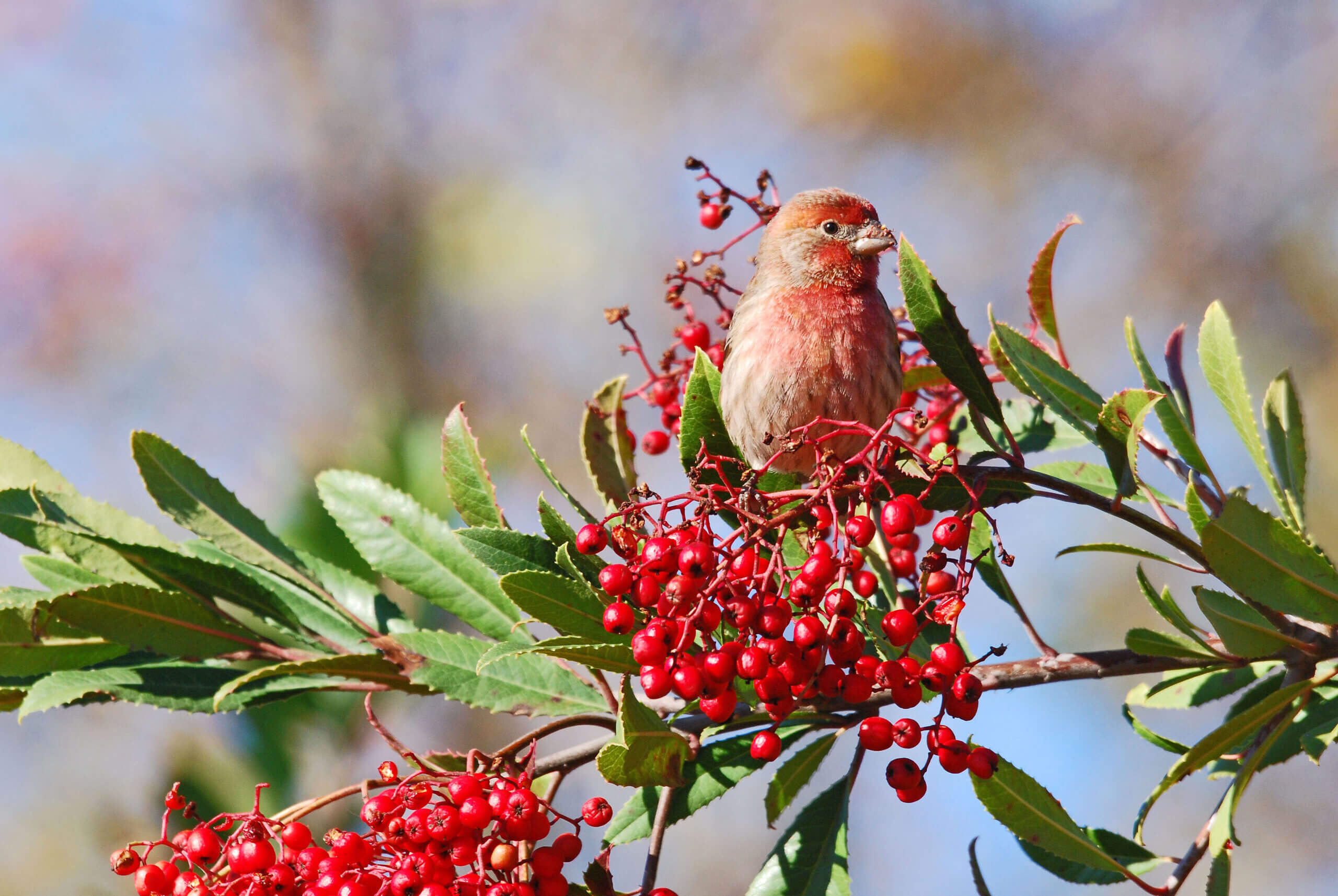
Growing Plants from Seed
Topics
annual eventBees and Other PollinatorsBirdsButterfliesChildren activitiesClasseseco friendly garden tourEventfoxfoxesFruits and Berriesgarden restorationgarden tourGardening with WildlifeGrowing Plants from SeedHabitat GardeningHarmony with NatureHome LandscapingMonarchs and MilkweedNative Plant Communitiesnative plantsPlant Nurseryplant salePropagating PlantsSeed CollectingSummer CampTending Your GardenUseful Nonnative PlantsWater conservationWatershed Approach to LandscapingWildflowerswildlife

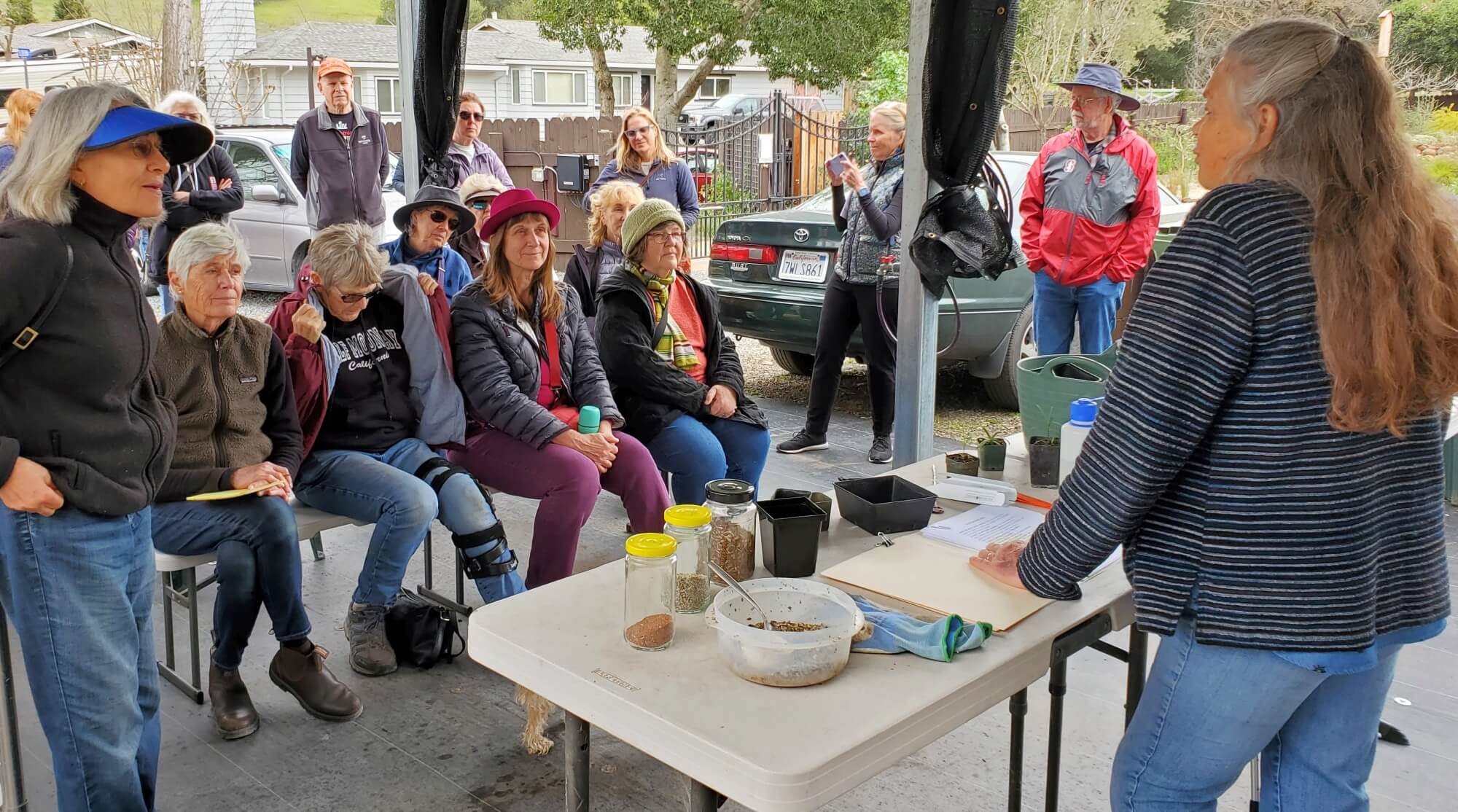
Plant Propagation Classes and NEW Workshop for Summer 2024
“I hear and I forget. I see and I remember. I do and I understand.” Hands-on classes are back this summer, with a new October Workshop*! *It is highly recommended that you have attended the series of all 3 propagation classes to gain the most from this New WORKSHOP....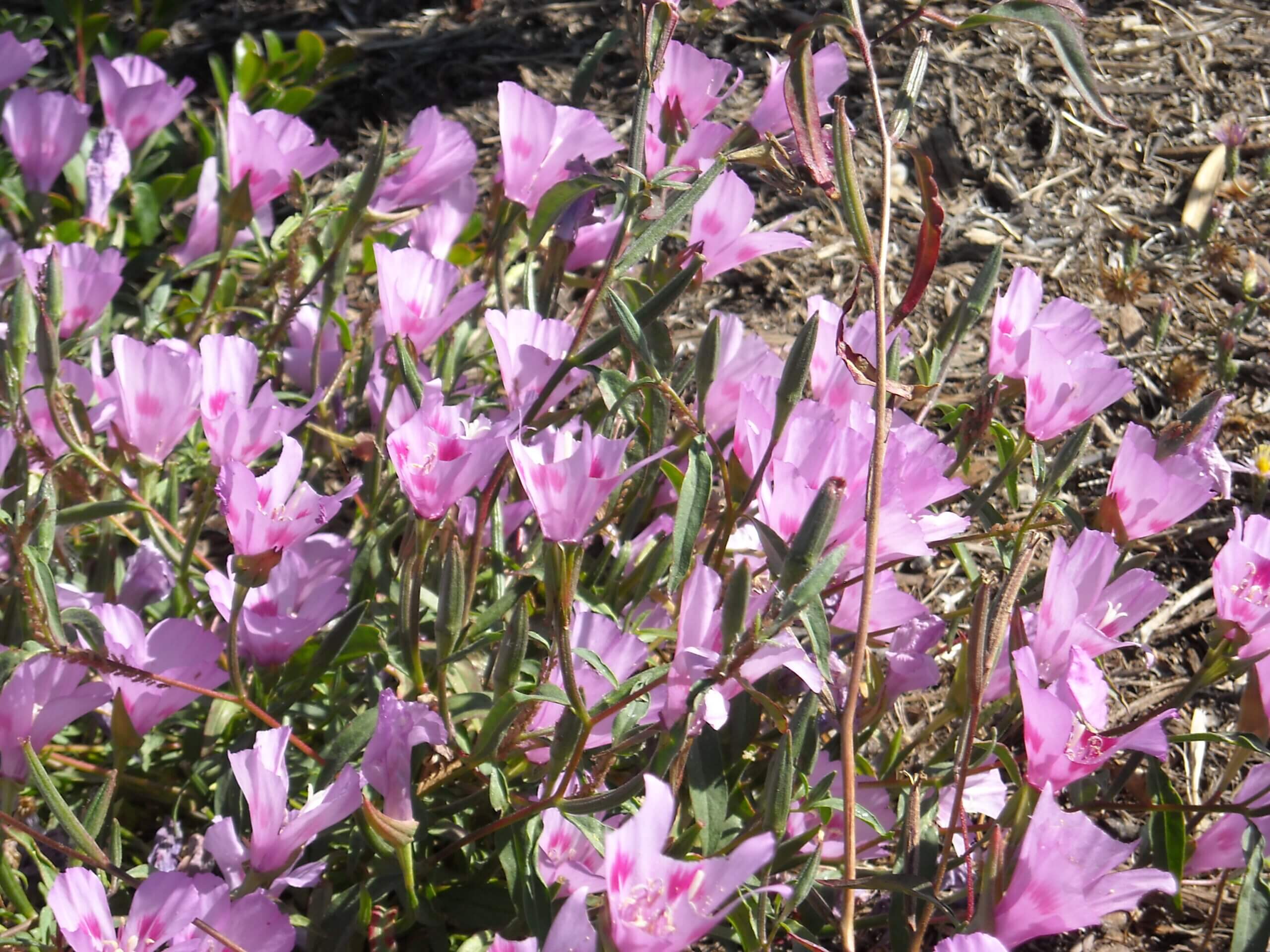
Seeds: Save or Share?
The only seed I’m still collecting now that the rainy season has begun, is from Toyon (Heteromeles arbutifolia); I’m picking handfuls of bright red, mature berries, and contained within each berry will be one or more seeds. The berries will be soaked in water, and...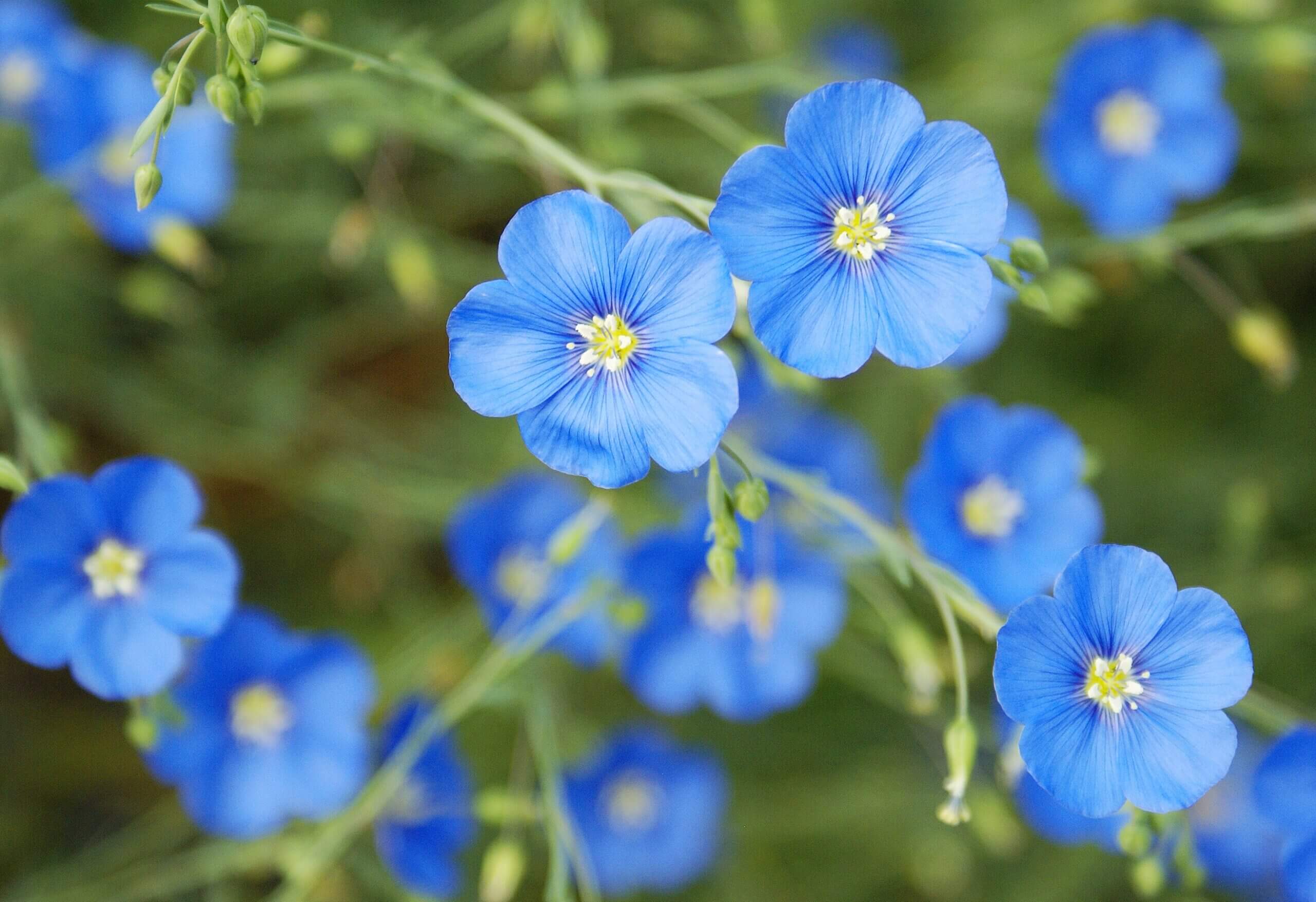
Some California Native Perennials and Shrubs to Grow from Seed
Linum lewisii A beautiful Western perennial, perfect for the border or in a meadow blended with bunchgrasses, poppies, clarkia and flowering bulbs. Summer blooming, flowers open over a long time; full sun, low water, 12-18” tall, needs good drainage, deer ignore it....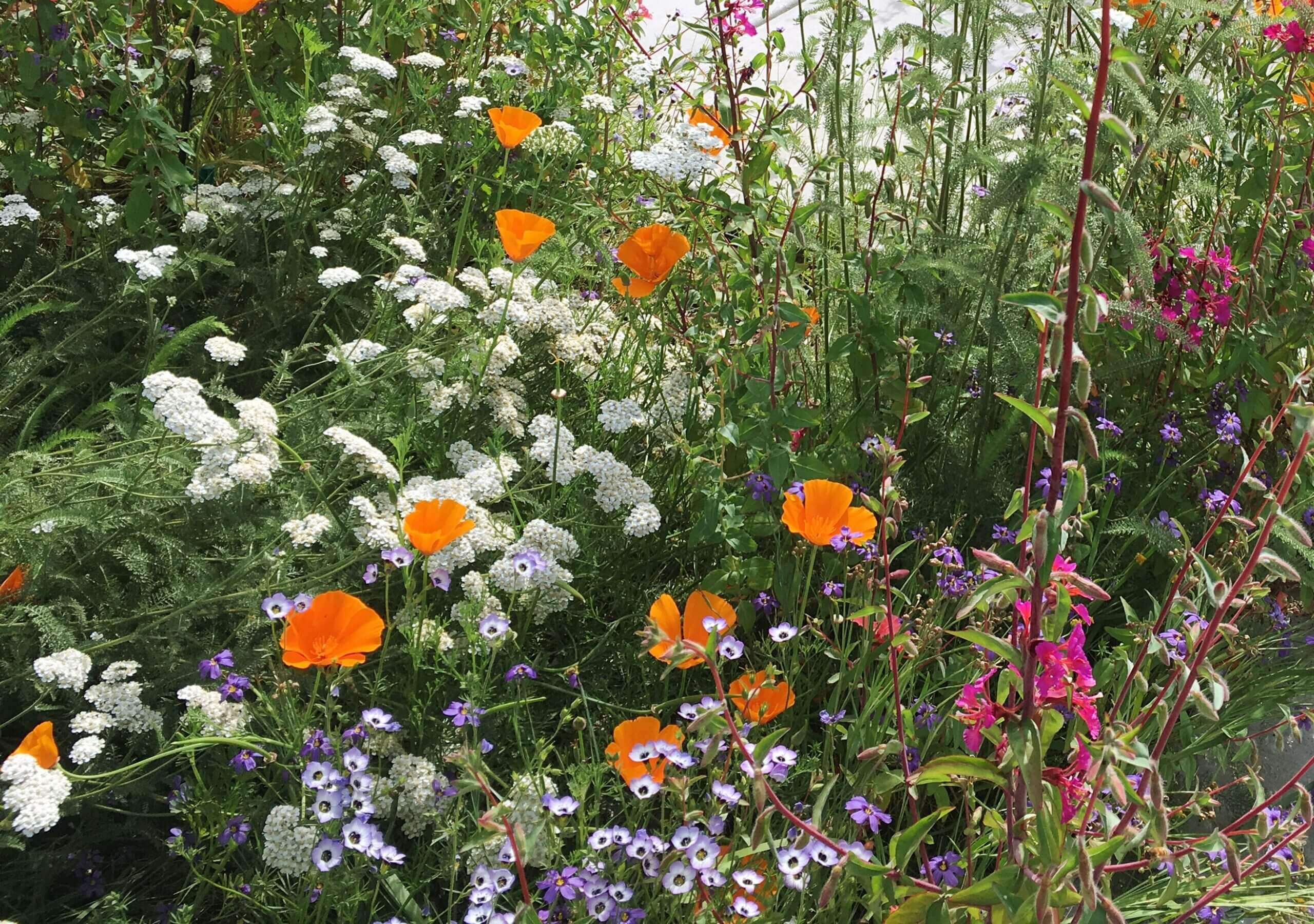
Some California Native Wildflowers to Grow from Seed
All of these native annual wildflowers are great for pollinators and other beneficial insects! Clarkia unguiculata / Mountain Garland The blooms of this native clarkia range from white, pale pink, salmon, and bright pink to magenta—all on the same plant. Flowers in...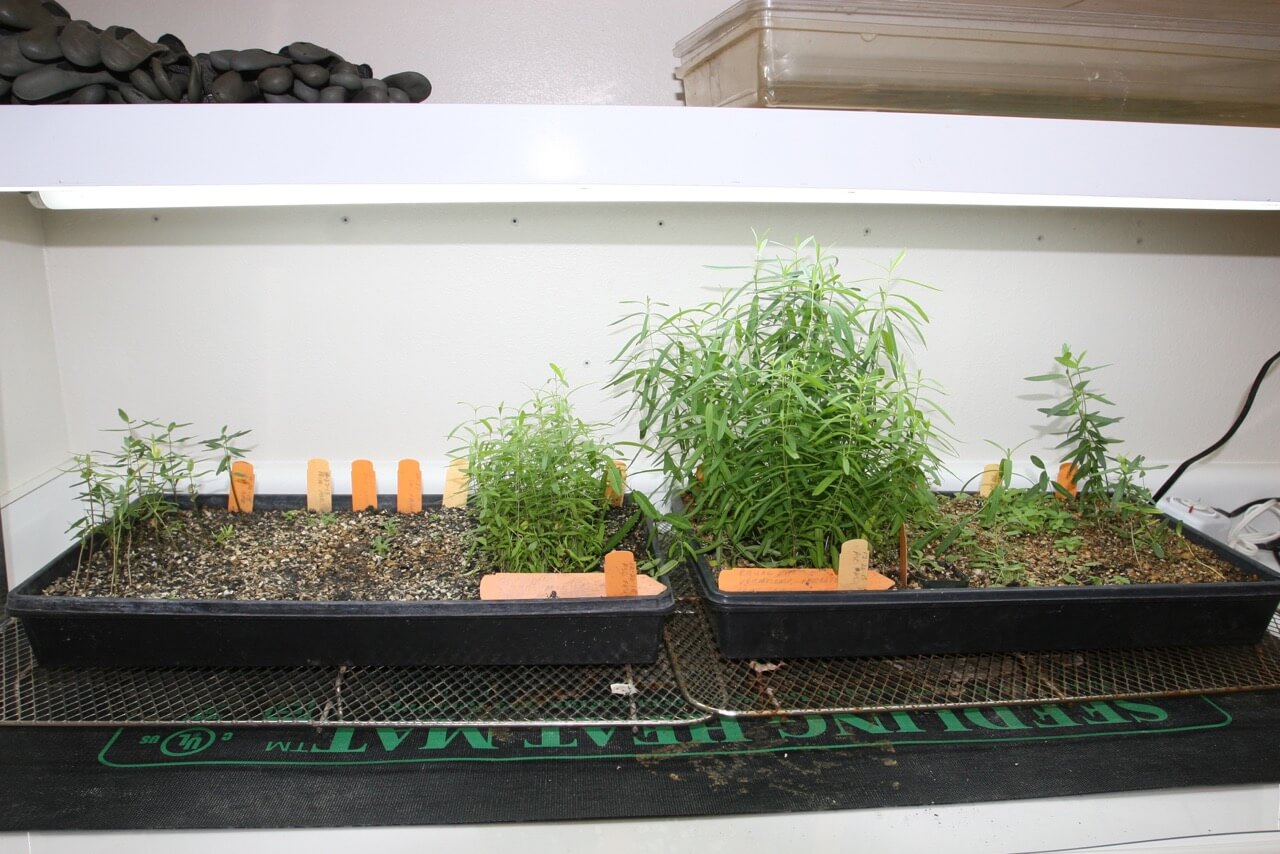
Growing Milkweed From Seed
Milkweed for the Monarch Butterflies Asclepias fascicularis Milkweeds provide important resources for many beneficial creatures, including Monarch butterflies. The fine leaves of this native milkweed gives it’s a soft, wispy look. The plant isn’t long-lived, but...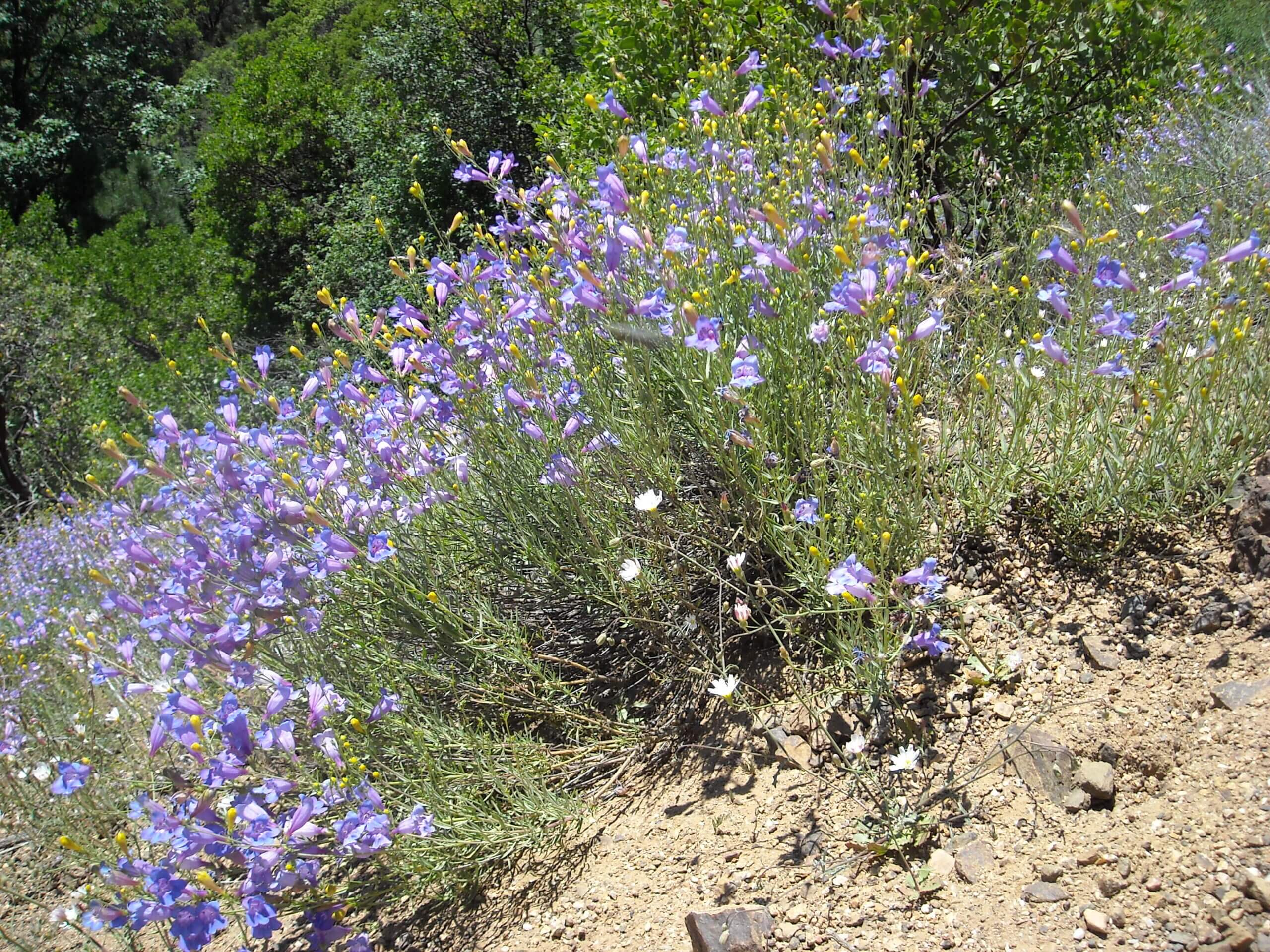
Fall is for Planting AND Propagating
At the end of the dry season my garden is just that; at a glance many of the native plants look dry and dead but once you look more closely, there’s always a bit of green within the brown. Plants are dormant, but definitely not dead; seeds are abundant, as are all the...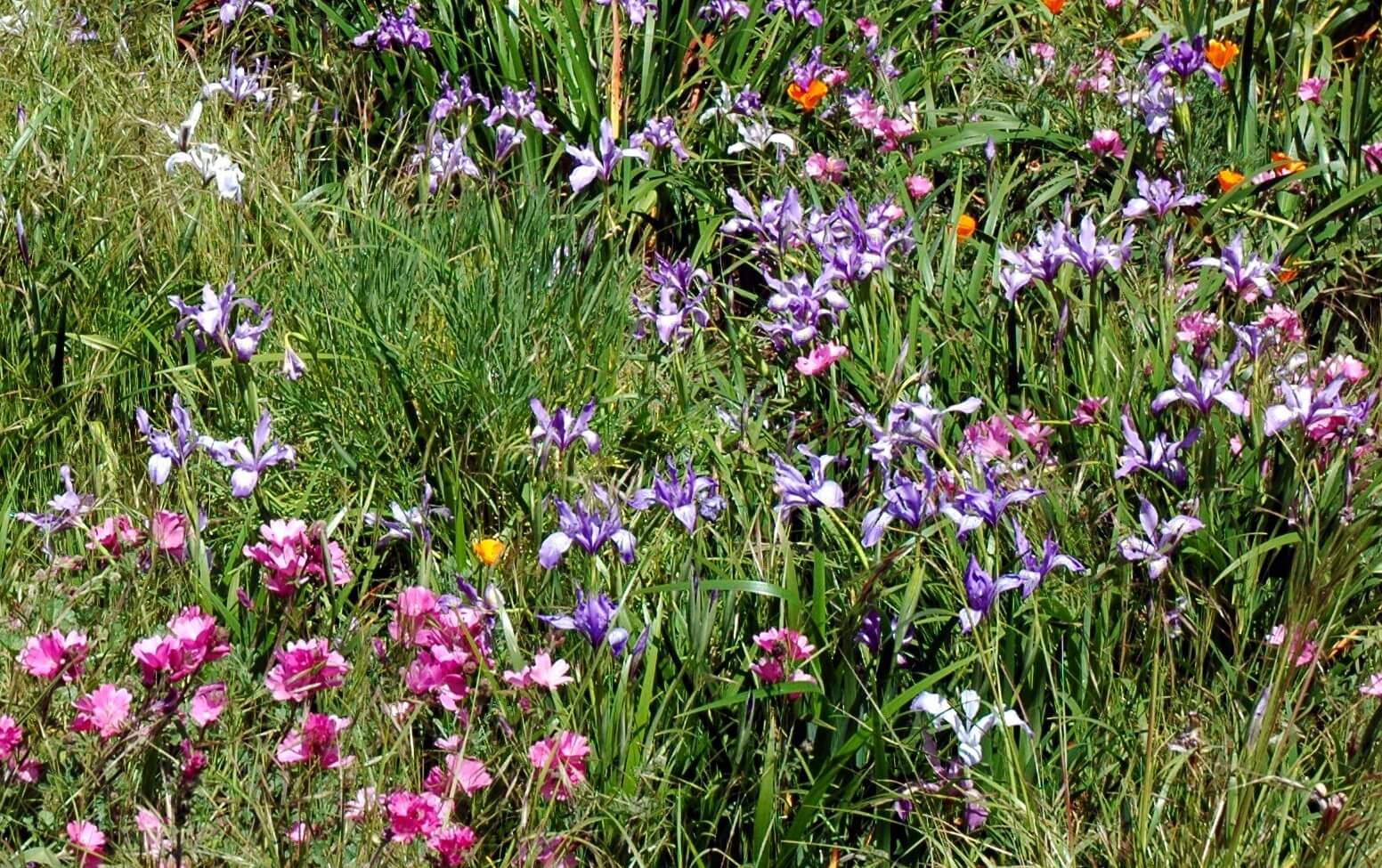
Natives for a Meadow Garden
Some of my favorite annual wildflowers are the gilias, and the whole genus is pretty much deer-proof. I like globe gilia (Gilia capitata) with its round heads of small blue flowers; these grow wild on Mt. Burdell. I haven’t seen bird’s-eye gilia (Gilia tricolor) in...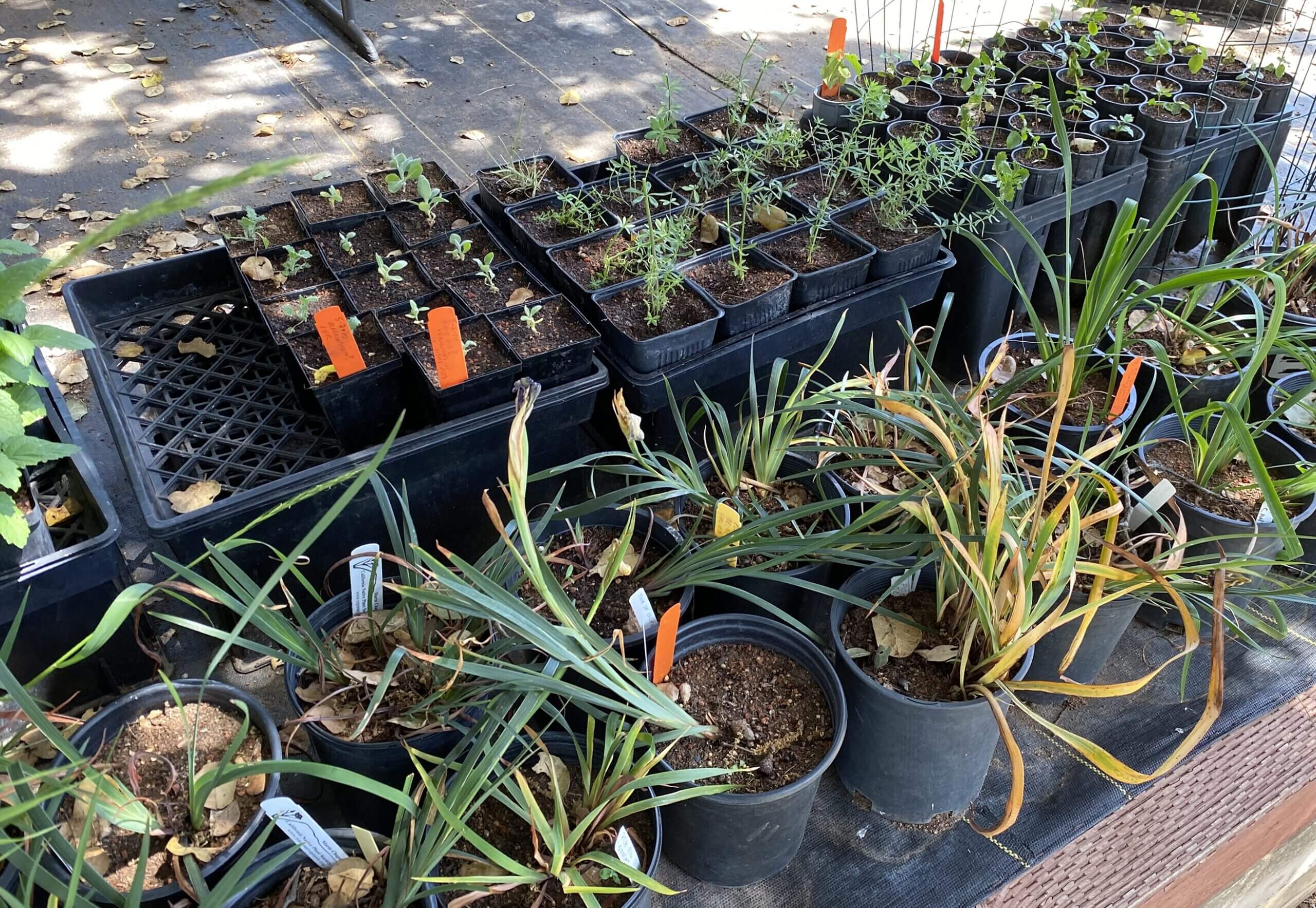
Transplanting Tips
If you are working with old seed you can do a simple viability test before sowing. Use a damp paper towel, lay ten seeds onto one-half of the towel, fold the other half over, and keep moist. Watch for the development of the radicle; the number of...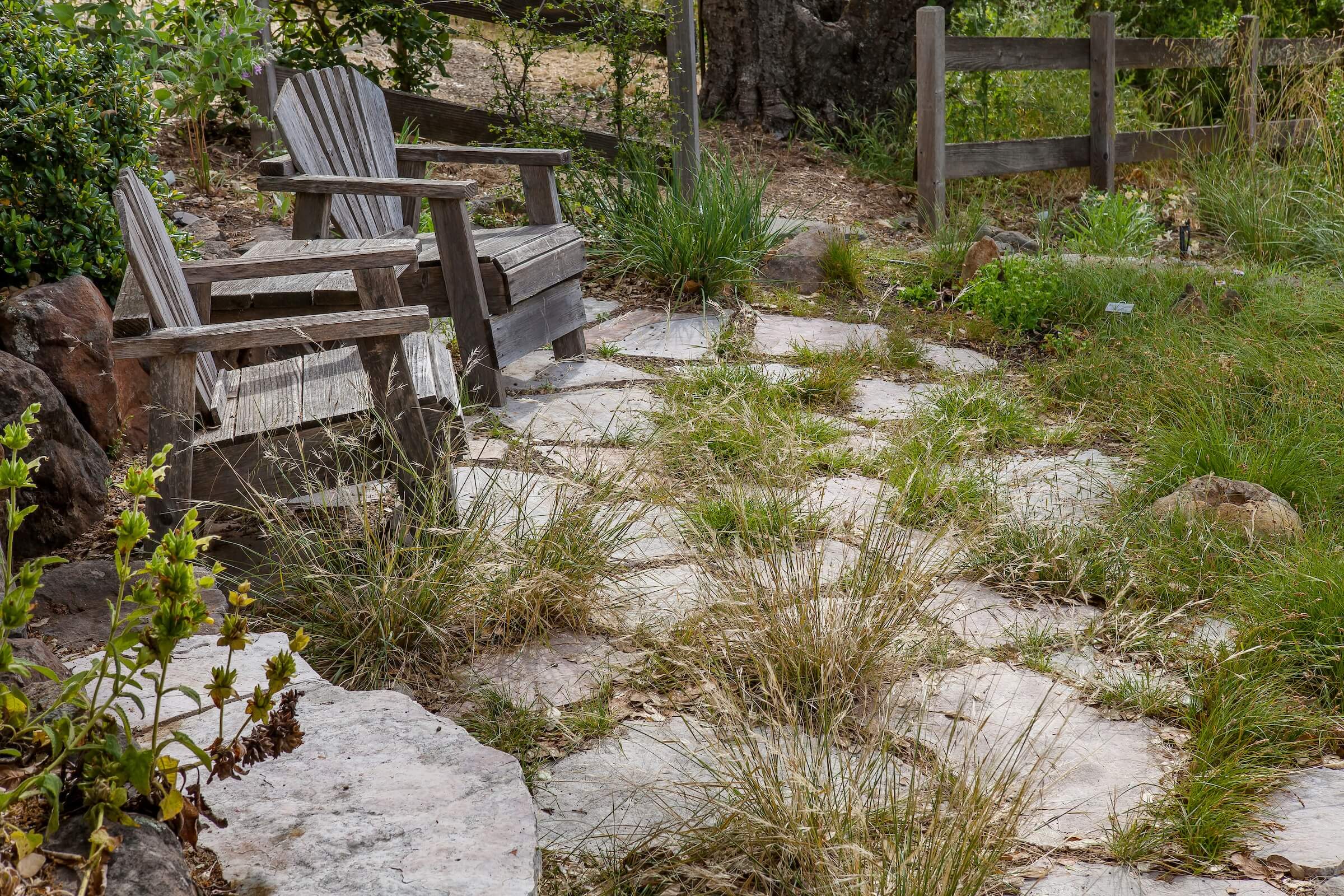
Creating a Meadow Garden
The days are still warm and we’re all hoping, once again, that this will be an El Niño year with ample rainfall and a good snow pack in the Sierras. The days are noticeably shorter, and the evenings are much cooler. The shorter day length is a cue to many native...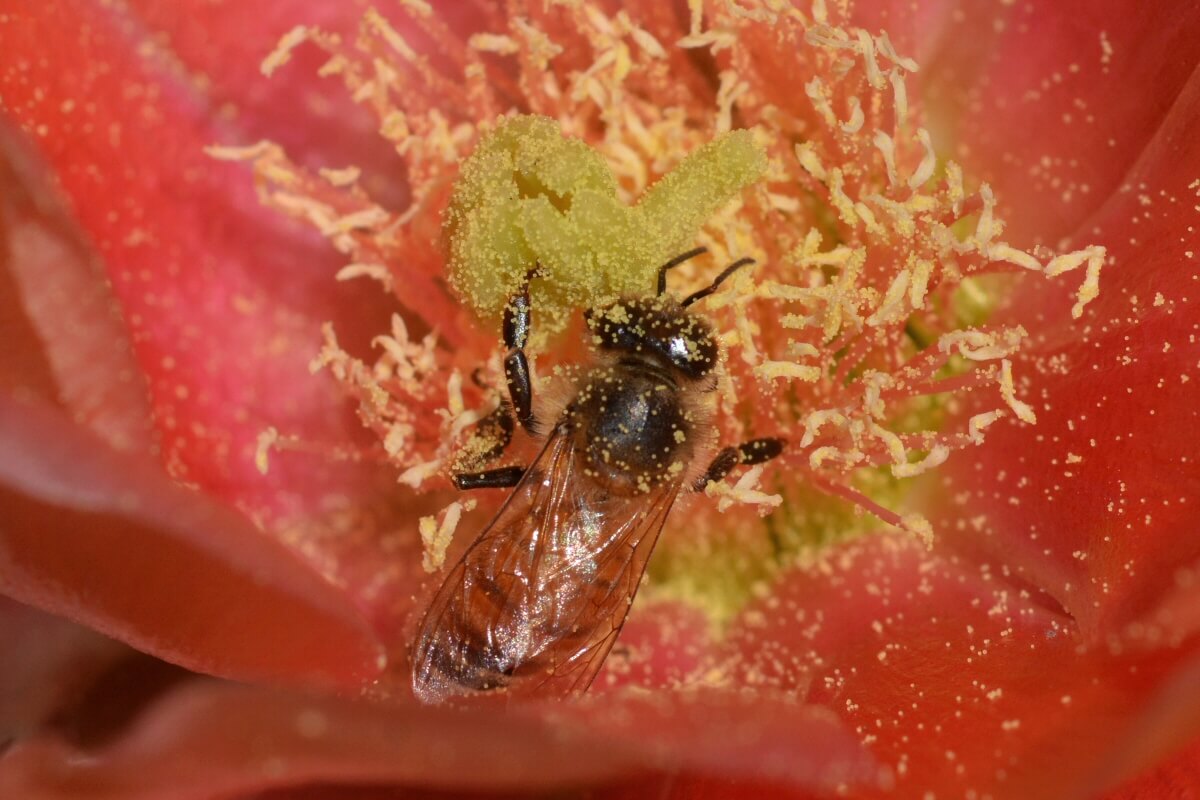
How Does a Seed Form?
The flowers of a plant are designed for the purpose of making seeds. If a flower is pollinated, then fertilization can take place, and a seed develops in the ovary of the plant. This is sexual reproduction, and ensures genetic diversity. As the fertilized seed...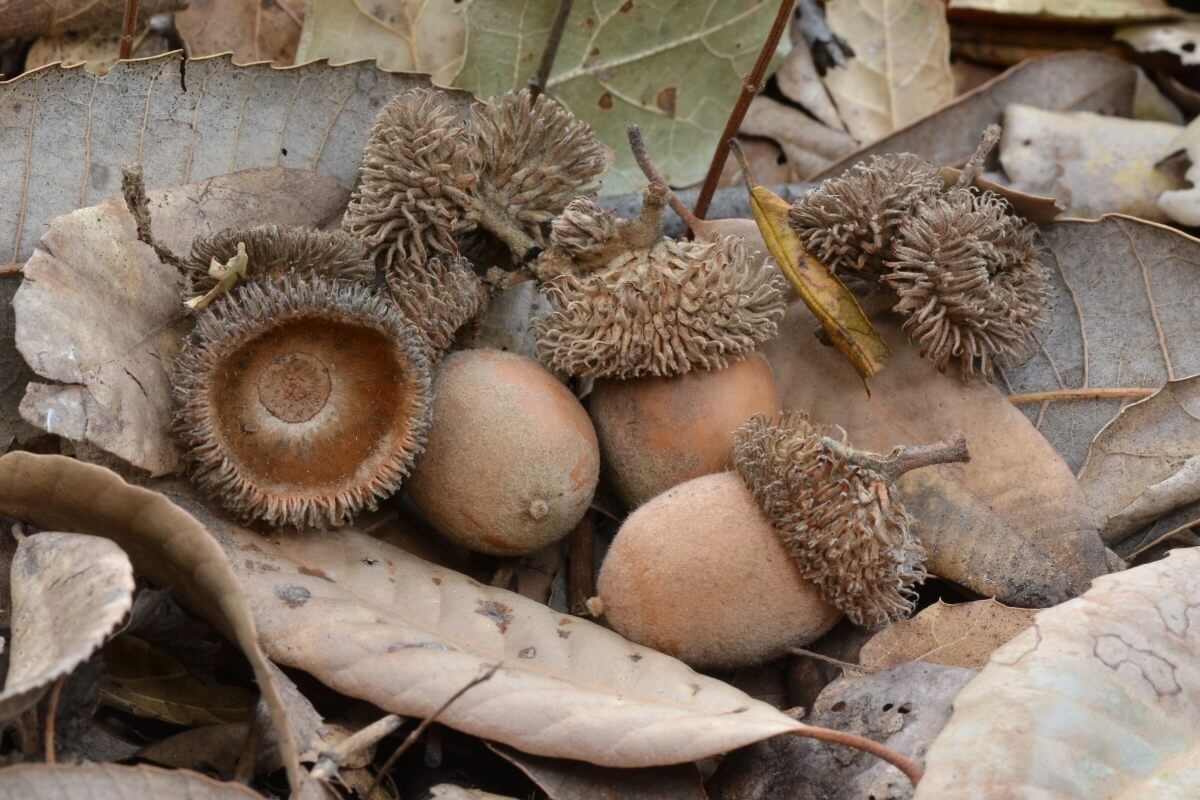
Helping Seeds Sprout
Some seeds have built-in mechanisms that prevent germination until ideal conditions are met. Even when perfect conditions are met, some of the ‘seed bank’ of a species will not germinate. They will wait, often camouflaged in the duff, as an insurance policy against a...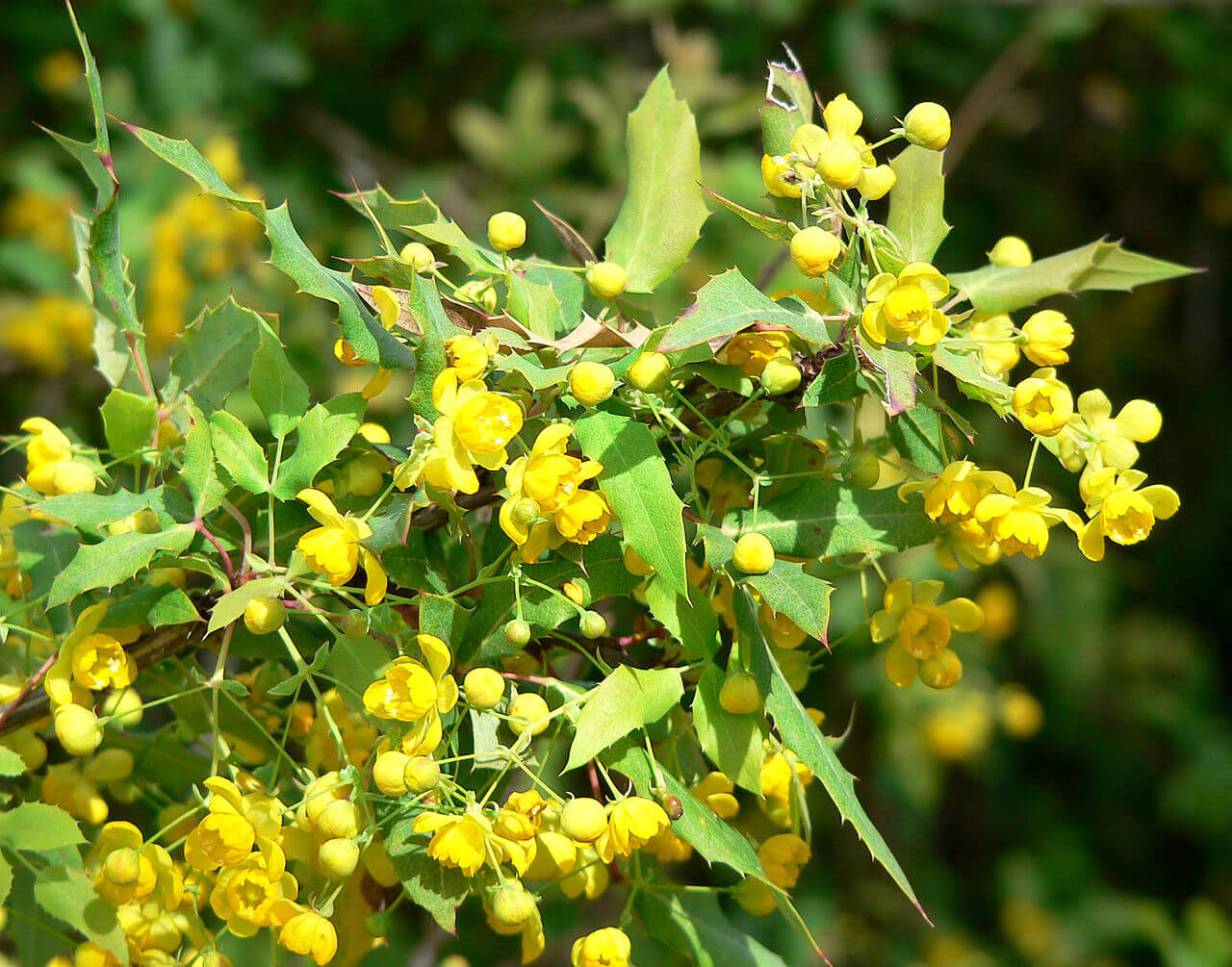
Nevin’s Barberry
This year my Nevin’s Barberry (Berberis nevinii) truly made that leap and ‘came into its own’! Lovely, fragrant yellow flowers smothered the plant in early spring, right about the same time as many Ceanothus start to bloom; and then abundant, small red berries...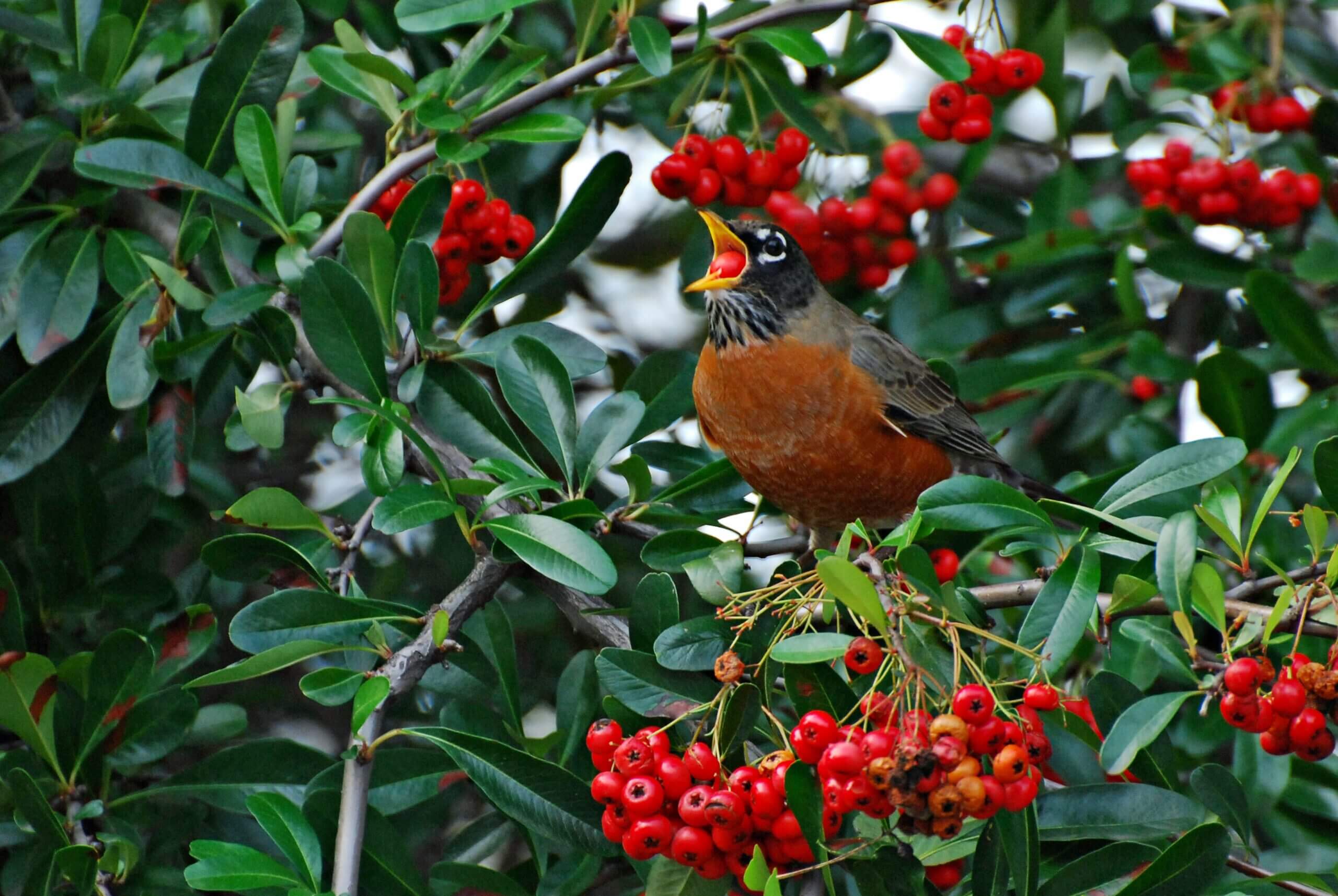
Birds and Berries
All through the rainy season many birds rely on fruits as a major part of their diet. These birds often travel in flocks, like the Cedar Waxwings and American Robins. Sometimes the flocks are mixed; several different species will travel together, and all are “on the...